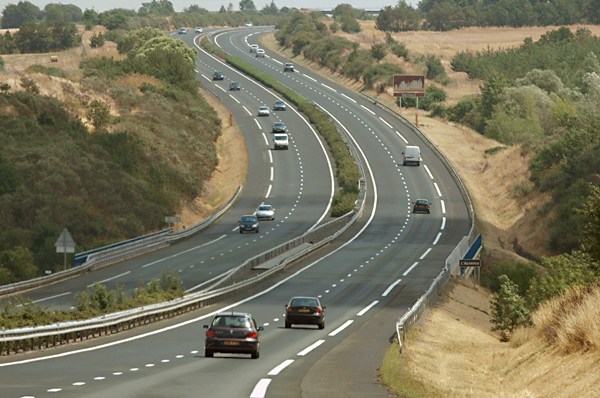The new Government is likely to maintain the continuity on the major programmes launched during its last tenure, viz, Bharatmala Pariyojana (Highways), Sagarmala (Ports), railway station redevelopment programme, inland waterways development, Namami Gange, Swachh Bharat Mission, UDAN (Airports), AMRUT and Smart Cities (Urban Infra). The last five-year period (FY2014-FY2019) had witnessed huge spending by the Government on infrastructure segments like roads (increased by 353% between FY2015 to FY2019), railways (increased by 146% times between FY2015 to FY2019), metro rail, etc, which is likely to increase further over the next five years.
Taking cues from the BJP manifesto, ICRA expects transport infrastructure (roads, railways, metro, airport, ports, inland waterway, etc) to remain the main focus area for the new Government.
According to Shubham Jain, Vice-President and Group Head, Corporate Ratings, ICRA: “As per the manifesto, the next five years will see massive infrastructure build-up in India. The capital investment in the infrastructure sector has been proposed at Rs. 100 trillion over the next five years - which is a huge increase from the current level of capital investment in the sector. Amongst the key segments, transport infrastructure is expected to see a major jump with an estimated Rs. 25-30 trillion of capital outlay over the next five years. Such an investment will provide tremendous long-term benefits for the Indian economy. The construction companies are likely to be the major beneficiaries and will witness strong order inflows, estimated between Rs. 15-18 trillion on the basis of these infrastructure capex plans.”
| Sector | Major capex plan |
Expected Capital Outlay Over Five Years |
| Railways | DFC, railways capex, Bullet Train, station modernisation | Rs. 10-12 trillion |
| Roads and Highways | 60,000 km over next 5 years | Rs. 7-9 trillion |
| Urban Infra | AMRUT, smart cities, metro/MRTS | Rs. 3 trillion |
| Ports | Sagarmala | Rs. 2-3 trillion |
| Airport | 100 new airports | Rs. 2 trillion |
|
Inland Waterways
|
Development of national waterways, other related capex | Rs. 1 trillion |
On the road sector, the manifesto mentions constructing 60,000 km of National Highways over the next five years – at an average rate of 12,000 km per year. Given that the highway construction pace had grown significantly over the last four to five years (pace of highway construction increased from 4,410 km in FY2015, to 9,829 km in FY2018, and 10,855 km in FY2019), and sizeable under implementation projects, the target seems achievable.
For the railways, the manifesto has proposed a conversion of all viable rail tracks to broad gauge, electrification of all railway tracks, and completion of the two dedicated freight corridor projects (EDFC, and WDFC) by 2022. Further, a large investment is also envisaged towards railway station modernisation across the country.
Significant investment is also expected in metro, airport, ports and inland waterways. The metro rail infrastructure is aimed to be brought to 50 cities from around 20 cities where the metro rail project has been approved so far. With regard to airport infrastructure, the target is to double the number of functional airports from around 101 currently. Similarly, port capacity is aimed to be doubled over the next five years and the Sagarmala project is to be fast-tracked. Development of inland waterways is another potential area.
“The Government had implemented various de-bottlenecking measures which helped rampup the execution in the last five years. Nevertheless, the proposed scale-up of infrastructure investment is certainly very ambitious and challenging. Further, large increase in capital investments in the infrastructure sector will require significant Government push in the form of policy reforms including providing a conducive environment for public private partnership, and promoting alternate avenues of fund raising like Infrastructure Investment Trusts, NIIF, etc., as well as a major increase in public sector spending which given the fiscal constraints can be achieved by way of asset monetisation or asset recycling,” says Jain.
@EPC World Media






